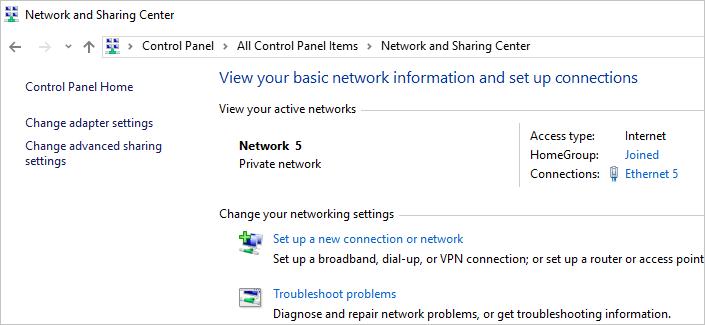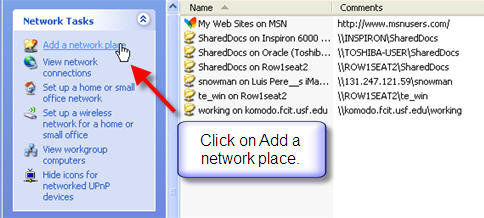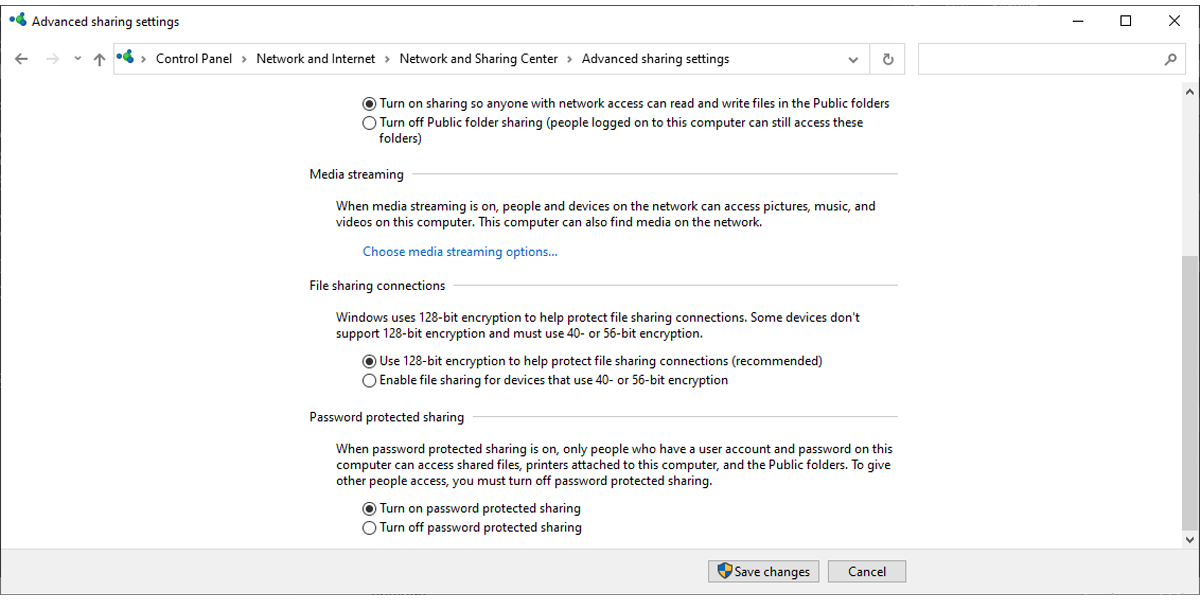
- #Set up network file sharing install
- #Set up network file sharing password
- #Set up network file sharing mac
#Set up network file sharing password
If the user information didn’t match, Windows prompted you to enter a username and password that the other computer would recognize.If the username and password matched a user account already set up on the other computer, Windows used that account’s permission settings to determine whether to grant you access to the file.Here’s why: When you attempt to use a file or printer shared by another computer, Windows sends your username and password to the other computer. This makes maintaining control of who is and isn’t permitted to access network files on each computer difficult. Unfortunately, on a Windows workgroup network, there is no centralized list of authorized usernames. Windows Vista, XP, and their predecessors, Windows NT and Windows 2000, were designed with business use in mind, so they require usernames and passwords for identification, and have a security system that lets computer owners restrict access to sensitive files on a user-by-user and file-by-file basis on each computer. No Access: The user can’t see or copy files from the folder.Upgrading and Repairing Microsoft Windows, 2nd EditionĪlthough most home users are typically happy letting anyone at any computer read or modify any file, business users need to restrict access to files with payroll, personnel, and proprietary information. Write Only (Drop Box): The user can copy files to the folder but can’t view its contents. Read Only: The user can view the contents of the folder but can’t copy files to it. Read & Write: The user can see and copy files to and from the folder. To specify the amount of access for a user, select the user in the Users list, click the pop-up menu next to the user name, then choose one of the following: To give only specific users or groups access to a folder, select the folder in the Shared Folders list, click the Add button at the bottom of the Users list, then do one of the following:Īdd users or groups from all users of your Mac: Select Users & Groups in the list on the left, select one or more names in the list on the right, then click Select.Īdd users or groups from everyone on your network: Select Network Users or Network Groups in the list on the left, select one or more names in the list on the right, then click Select.Īdd someone from your contacts and create a sharing-only account for them: Select Contacts in the list on the left, select a name in the list on the right, click Select, create a password, then click Create Account. A user with an administrator account can access your entire Mac.
#Set up network file sharing mac
Ĭontrol-click the name of the folder, choose Advanced Options, select desired options, then click OK.īy default, any user set up on your Mac in Users & Groups preferences can connect to your Mac over the network. To prevent a folder from being shared, select it in the Shared Folders list and click the Remove button. The Public folder of each user with an account on your Mac is shared automatically. To select a specific folder to share, click the Add button at the bottom of the Shared Folders list, locate the folder, select it, then click Add. On your Mac, choose Apple menu > System Preferences, then click Sharing.


Insert photos and documents from iPhone or iPad.Use a keyboard and mouse or trackpad across devices.Use Continuity to work across Apple devices.Use SharePlay to watch and listen together.Use Live Text to interact with text in a photo.
/Networkplaces400x341-56a5d2fb3df78cf7728a01bf.jpg)

#Set up network file sharing install


 0 kommentar(er)
0 kommentar(er)
